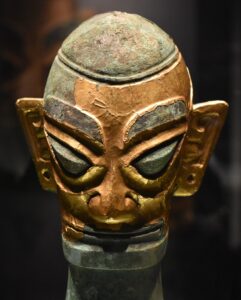- Combine sets using Boolean logic and proper notation
- Create and interpret expressions using statements and conditionals
- Construct and analyze truth tables for complex statements or conditionals
- Determine the logical equivalence between two statements
The Mystery of the Stolen Artifact
Logic is a powerful tool that helps us make informed decisions and solve complex problems. In this activity, we will apply logic to unravel the mystery of a stolen artifact. Through a series of tasks, we will combine sets using Boolean logic, create and interpret expressions, construct truth tables, analyze complex statements, and determine logical equivalence. Your logical reasoning skills will be put to the test as you navigate through clues, deductions, and logical equivalences. Can you unravel the mystery?

You have gathered clues from three different sources: Witness A, Witness B, and Physical Evidence. Let A represent the clues from Witness A, B represent the clues from Witness B, and PE represent the Physical Evidence.
Combine the sets representing the information from each source using Boolean logic and proper notation.
Each witness provided a statement about the crime.
- Witness A: “The artifact was last seen in Veronica’s possession.”
- Witness B: “If the artifact is missing, then Demonte must be involved.”
The logical expressions for these statements are:
Logical expression for Witness A: [latex]A = \text{ The artifact was last seen in Veronica's possession.}[/latex]
Logical expression for Witness B: [latex]B = \text{ If the artifact is missing, then Demonte must be involved.}[/latex]
Now, let’s combine the logical expressions.